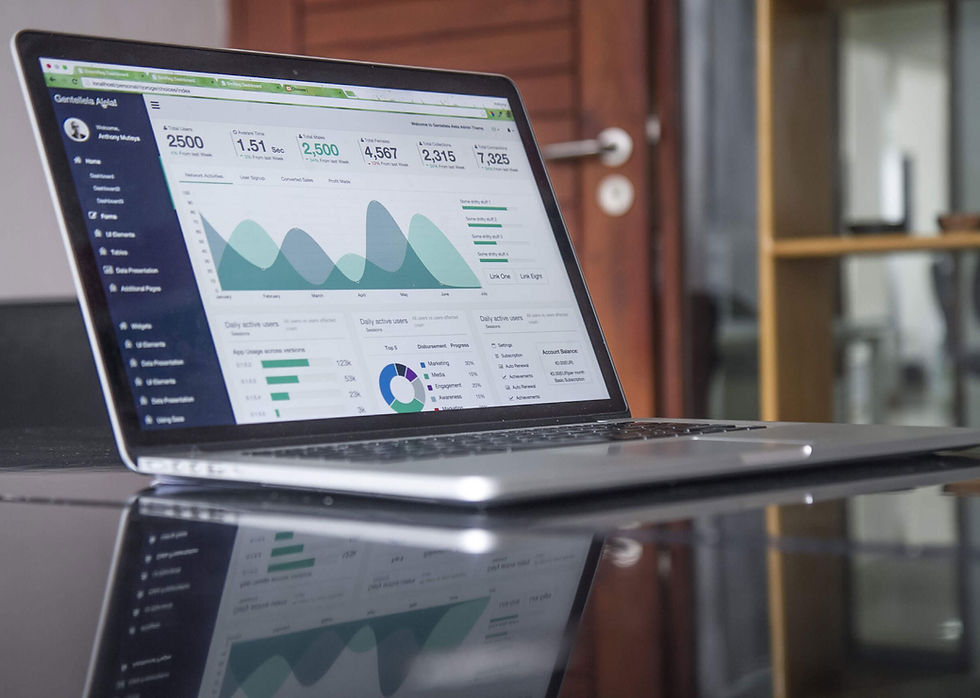The Power of Tracking Analytics: Unleashing the Potential of Data-Driven Decision-Making
- Dean Ladell

- Jul 28, 2023
- 2 min read
By: Kira Holden
In today's digital landscape, businesses are surrounded by an overwhelming amount of data. The challenge lies not in collecting data, but in harnessing it effectively to drive growth and make informed decisions. This is where tracking analytics becomes a game-changer. By diving into the world of tracking analytics, businesses can unlock valuable insights, optimize performance, and gain a competitive edge in their respective industries.
What is Tracking Analytics?
Tracking analytics is the process of monitoring and analyzing data to gain insights into various aspects of a business's online presence and performance. It involves measuring key performance indicators (KPIs) and user behavior to understand how different strategies, campaigns, or website elements are performing. This data-driven approach allows businesses to make data-backed decisions, optimize their efforts, and better connect with their target audience.
Which KPIs Should You Be Looking At?
The success of tracking analytics lies in identifying the right KPIs that align with your business goals. These KPIs can vary depending on your industry, business objectives, and marketing strategies. Some common KPIs include website traffic, conversion rates, bounce rates, click-through rates, customer acquisition costs, and customer lifetime value. By focusing on relevant KPIs, businesses can gain a comprehensive understanding of their performance and areas for improvement.
How Can You Track Them?
Tracking analytics relies on powerful tools and platforms that gather and analyze data. One of the most popular tools for tracking analytics is Google Analytics. This free platform provides valuable insights into website traffic, user behavior, and conversion rates. Social media platforms also offer built-in analytics to track engagement, reach, and audience demographics.
Beyond these platforms, businesses can invest in marketing automation tools, heat maps, and A/B testing to gather deeper insights. The key is to integrate these tools seamlessly into your marketing strategy and track data consistently over time.
Why is it Important to Track Them?
Tracking analytics is not just a fancy add-on; it is the foundation for data-driven decision-making. By consistently tracking KPIs, businesses can gain valuable insights into what works and what doesn't. This empowers them to adapt their strategies, optimize campaigns, and allocate resources more effectively.
Moreover, tracking analytics allows businesses to understand their customers better. By analyzing user behavior, businesses can identify pain points, preferences, and trends, enabling them to personalize their offerings and improve customer experiences.
In conclusion, the power of tracking analytics lies in transforming raw data into meaningful insights. By identifying the right KPIs, utilizing the right tools, and making data-driven decisions, businesses can pave the way for success in an increasingly competitive digital landscape. Embracing tracking analytics as a core strategy empowers businesses to adapt, innovate, and thrive in a fast-paced, data-centric world.




Comments